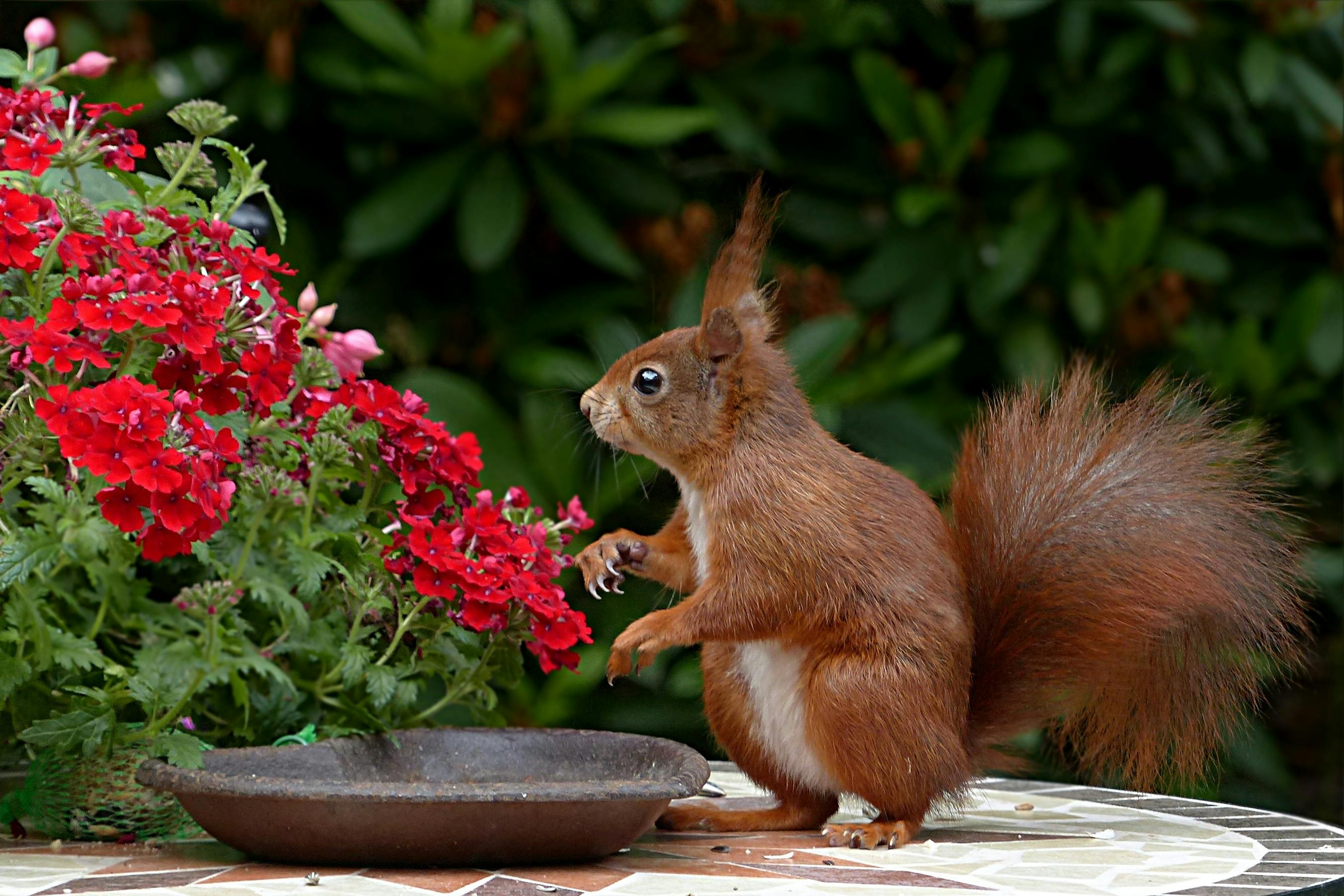Effective Mole and Gopher Removal: Protecting Your Lawn and Garden
Moles and gophers can cause damage to lawns and gardens. Explore safe and effective removal methods, including natural deterrents, trapping techniques, and when to consider professional services. Make sure you read this to gain all the information you need before removing moles and gophers.

Understanding Moles and Gophers: Know Your Enemy
Moles and gophers, though often confused, are distinctly different pests with unique behaviors. Moles are insectivores with cylindrical bodies, pointed snouts, and large front paws designed for digging. They create raised tunnel ridges across lawns while hunting for earthworms and grubs. Gophers, conversely, are rodents that feed primarily on plant roots and vegetation. They produce distinctive mounds of soil with plugged holes and can cause severe damage to garden plants and irrigation systems. Identifying which creature you’re dealing with is the first step toward effective removal, as different techniques target their specific behaviors and habitats.
Natural Deterrents for Mole and Gopher Removal
Natural solutions offer environmentally friendly approaches to discourage these underground visitors. Castor oil-based repellents have proven effective against moles by creating an unpleasant soil environment without harming the animals. For gophers, planting deterrent plants like gopher spurge (Euphorbia lathyris), crown imperial bulbs, or daffodils around garden borders can help form natural boundaries these rodents tend to avoid. Another natural approach involves vibrating devices or windmills that create ground disturbances, making the area less appealing for settlement. While not always 100% effective, these methods provide a humane first line of defense against minor infestations.
Effective Trapping Techniques for Mole Lawn Removal
Trapping remains among the most reliable methods for mole lawn removal when properly executed. For moles, specialized traps like scissor traps or harpoon traps must be precisely positioned within active tunnels. Success depends on identifying fresh tunnels (typically raised ridges) and placing traps in main runways rather than feeding tunnels. Gopher trapping requires different equipment—box traps or pincer-style traps—placed directly in the main tunnel after carefully opening the burrow system. Both processes demand patience, attention to detail, and regular monitoring. While effective, trapping requires a certain comfort level with hands-on pest management and proper disposal of captured animals according to local regulations.
Baiting Strategies That Actually Work
When considering baiting approaches, understanding the dietary preferences of each pest is crucial. Moles primarily consume insects and worms, making worm-shaped baits containing bromethalin or zinc phosphide most effective when placed in active tunnels. For gophers, baits containing strychnine alkaloid or zinc phosphide formulated to mimic their natural food sources can be successful. However, caution is paramount with any chemical bait application. Always use tamper-resistant bait stations to protect children, pets, and non-target wildlife. Follow manufacturer instructions precisely and check local regulations, as some baiting products may be restricted in certain areas due to environmental or safety concerns.
Professional Mole and Gopher Removal Services
When DIY methods prove insufficient or when facing severe infestations, professional wildlife removal services offer specialized expertise and equipment. Professional technicians can implement integrated management approaches combining trapping, exclusion barriers, and habitat modification tailored to specific property conditions. They also provide valuable follow-up monitoring to prevent reinfestation. Professional services typically offer guarantees and can address problems without the trial-and-error often associated with homeowner attempts. This option proves particularly valuable for large properties, persistent infestations, or situations where homeowners lack the time or inclination for hands-on pest management.
Cost Comparison of Removal Methods and Services
The financial investment for mole and gopher removal varies significantly depending on the chosen approach and severity of infestation.
| Method | Estimated Cost | Effectiveness | Best For |
|---|---|---|---|
| DIY Natural Repellents | $15-$40 | Low to Moderate | Minor problems, preventative |
| Trapping Equipment | $20-$100 | High (if done correctly) | Targeted removal, small areas |
| Baits & Poisons | $30-$75 | Moderate | Multiple burrow systems |
| Sonic Repellers | $25-$50 per device | Low to Moderate | Preventative measures |
| Professional Services | $150-$500+ | High | Severe infestations, large properties |
Prices, rates, or cost estimates mentioned in this article are based on the latest available information but may change over time. Independent research is advised before making financial decisions.
Prevention: The Best Long-Term Strategy
Maintaining a mole and gopher-free landscape requires vigilance and preventative measures. Installing underground barriers made of galvanized hardware cloth or mesh at depths of 24-30 inches around valuable planting areas creates effective exclusion zones. Regular lawn maintenance practices like reducing irrigation (moles prefer moist soil) and treating for grubs and insects removes their food sources. Creating buffer zones with gravel trenches filled with coarse stone around garden perimeters discourages tunneling. These preventative strategies, while requiring initial investment of time and resources, often prove the most cost-effective long-term solution compared to repeatedly addressing active infestations.
Effectively managing mole and gopher problems requires understanding their behavior, selecting appropriate removal methods, and implementing preventative measures. While numerous options exist, combining strategies typically yields the best results. Whether choosing DIY approaches or professional services, persistence and early intervention remain key factors in successfully protecting your lawn and garden from these persistent underground pests.




